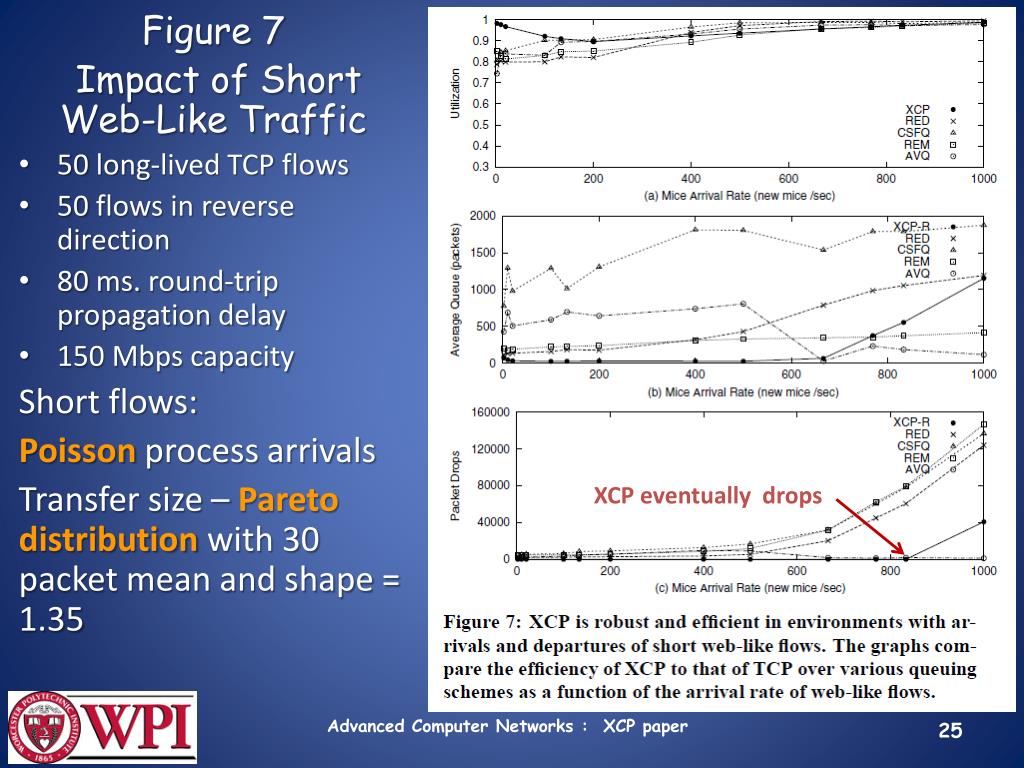

With a propagation speed of c = 3×10^8 meters/sec, the one-way propagation delay is thus 2 × 35,900,000/c = 0.24 sec. This was intended to be through a satellite, ie between two ground stations, not to a satellite this ground-to- ground interpretation makes the total one-way travel distance 2 × 35,900,000 meters. The term is widely used for data communication in various wireless and wired systems. This new eXplicit Control Protocol, XCP, generalizes the Explicit Congestion Notification. This extended abstract proposes a new congestion. scalable, and stable as the bandwidth-delay product increases. The only delay is speed-of-light propagation delay. These trends are problematic because TCP reacts adversely to increases in the per-flow bandwidth-delay product. (d) 1.5-Mbps T1 link through a satellite in geosynchronous orbit, 35,900 km high. We compare the performance of TCP Reno, NewReno, and Selective Acknowledgement (SACK) on the large bandwidth-delay product (LBD) network using the. For Complete YouTube Video: Click Here Previous Lesson Back to Course. 24 bit resolution and a 96kHz sampling rate ensure uncolored, artifact-free repeats. In this class, we will have Understanding Bandwidth and Bandwidth Delay Product. Alternatively, each link can hold 100 bits and the switch can hold 5000 bits. 24/96 A clean, high-resolution, high-bandwidth delay with a hint of dynamics that allow the delay to sit nicely with the analog dry signal.

The first-bit delay is 520 s through the store-andforward switch, as in 15(a). Fun with Dummynet: Maintaining high throughput in large bandwidth-delay product networks. (b) 10-Mbps with 1 store-and-forward switch, packet size 5000 bits, 10 s per link delay (a) 10-Mbps Ethernet with a delay of 10 sġ×10^7bits/sec × 10^-6 sec = 100 bits = 12.5 bytes It is well known that inefficiencies occur in the operation of TCP when the bandwidth delay product of the network is large compared to its buffering.


 0 kommentar(er)
0 kommentar(er)
